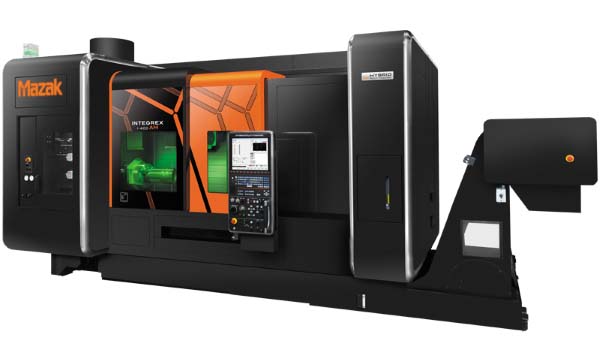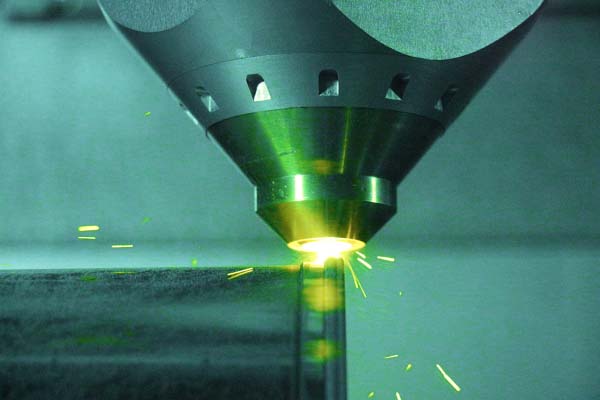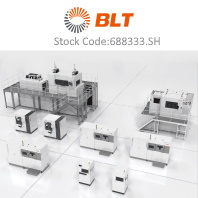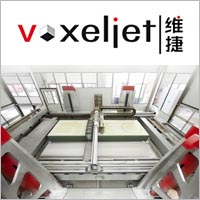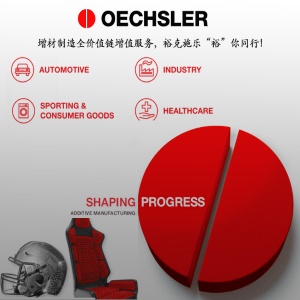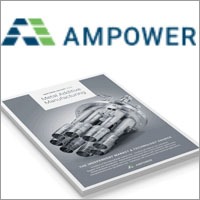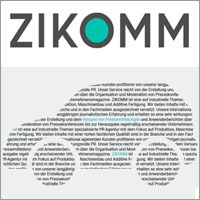增材制造的诱惑力是强大的,制造技术领域的操作人员、供应商和设计师都被增材制造技术深深吸引,但是找到正确的方法及应用(三维打印,激光烧结等)尤为重要。作为新兴的生产方法,如何与传统的方法协调制造,这将是一个探索发展的过程。
马扎克推出具“戏剧化演变”的混合式加工方法,将增材制造集成到数控铣削机床中。该公司推出了Integrex i-400am(增材制造)的复合加工设备。Integrex i-400am是成套设备。特别适合于小批量生产的难加工材料,如航空航天零部件耐热合金的加工,能源领域工具和零部件的高硬度材料的加工,医疗设备制造中的高精度特种合金的加工。
制造商可以通过增材制造的方法很容易地生产毛坯件,然后通过数控铣削的方式迅速完成高精度的精加工任务,如果需要的话,还可以完成激光打标的任务。在操作中,该Integrex i-400am采用的是激光烧结增材制造方法,光纤激光热源熔化金属粉末,熔覆头(即喷嘴)通过读取CAD定义的模型来熔融材料,该系统还可以加入不同类型的金属对象,可以修复现有的磨损或损坏的部件尤其象修复航空涡轮叶片,可以极大的节约成本。
马扎克提供两种熔覆头类型:高速或高精度。主轴上安装的熔覆头可自动更换,收放在刀塔中。用户可设想根据造型形状、加工条件及金属粉末材料的种类等区别使用不同的熔覆头。另外,该设备还配备了装卸金属粉末供给通道的多支管平台装置。
多任务的Integrex i-400AM系统设计方面能够进行全面的五轴铣削加工,B轴摆动幅度在-30/+210之间,在数控机械加工方面,INTEGREX I-400AM提供了完整的5轴功能可以轻松地处理固态坯料或铸件、圆形零件,高异形零件和棱柱零件,以及那些经过增材制造处理之后的零件。
关于传统的数控机床制造商进入增材制造的领域已经不是新闻,相关阅读可参考 介绍过德马吉森精机在一年前推出的激光机LASERTEC 65 3D,以及日本沙迪克(Sodick)开发出金属3D打印机OPM250L。然而,马扎克此次推出的技术特点是Integrex i-400AM可以加工难加工材料,实际的应用前景更值得期待。
本文由 编译自americanmachinist.com,欢迎转载,转载请注明来源51shape.com( )
The lure of additive manufacturing is strong for operators, suppliers, and designers of manufacturing technology systems – but finding the right approach and applications for the various technologies (3D printing, laser sintering, etc.) emerging as AM has shown how firmly established the current manufacturing processes are, in practice and in concept. Recent months have seen the introduction of several coordinated machining and additive manufacturing concepts: it’s a process likely to have many further developments.
But, a notable step in this development has been accomplished now that Mazak Corporation has introduced its Integrex i-400AM (additive manufacturing) hybrid multi-tasking machine. It’s described as “a fusion of additive technology and Mazak’s most advanced multi-tasking capabilities,” and the developer predicted this machine will reduce part-cycle times significantly as it offers shops a route to “done-in-one” production.
Integrex i-400AM is a turnkey installation. For manufacturers, it will be an alternative to standard routines in terms for part design and machining. And, according to Mazak, it is particularly well suited to small-lot production of difficult-to-cut materials, such as aerospace alloys, high-hardness materials used in energy production tools and components, and high-precision, specialty alloy designs common in medical device manufacturing.
“With the additive capability,” the developer stated, “manufacturers can easily generate/clad near-net-shape component features then quickly complete them with high-precision finish machining operations, as well as laser-mark parts, if needed.”
In operation, the Integrex i-400AM takes the laser sintering approach to additive manufacturing. A fiber-laser heat source melts metal powder; cladding heads (i.e., nozzles) deposit the molten material in successive layer defined by a CAD model, each of which solidifies to establish the desired shape.
In addition, the system can join different types of metals to each other, which is advantages for repairing existing worn or damaged components efficiently, such as aerospace turbine blades.
Cladding heads store in the Integrex i-400AM’s tool magazine, and the standard automatic tool changer loads them into the machine’s milling turret.
Mazak offers two cladding head types: high speed or high accuracy. Users select the appropriate head according to their process, and the metal powder to be used.
As for the multi-tasking machine aspect of the Integrex i-400AM design, the system is capable of full five-axis milling to process prismatic parts from solid billets or castings (chucked or bar fed); round parts; highly contoured parts; and parts with features built using additive technology — all these with ease and efficiency.
The machine provides -30/+210 degree B-axis movement in its milling spindle, full C-axis contouring with its turning spindle, and an NC tailstock that is fully programmable.
English from:americanmachinist.com

